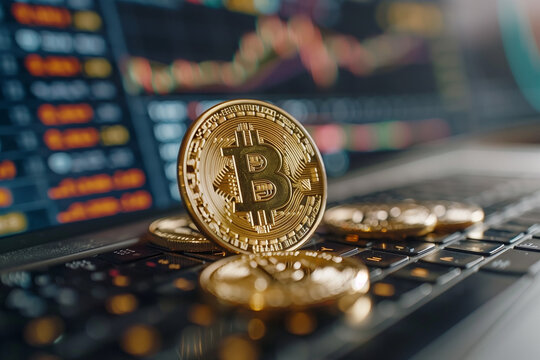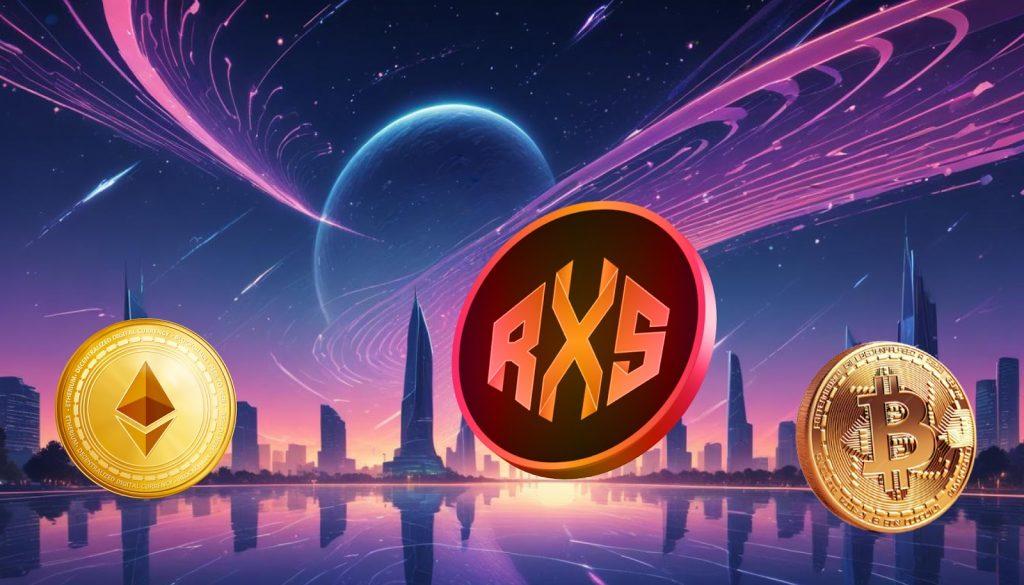What Is a Safe Haven?
A safe haven is an asset people turn to when markets drop and uncertainty rises. During a recession, the economy slows down for a long time. You might notice this through:
- Higher unemployment
- More bankruptcies
- Lower spending
In times like these, investors look for places to park their money safely.
How Safe Havens Have Changed Over Time
Safe havens aren’t new. People have always searched for ways to protect their wealth. In the past, they used:
- Gold and silver
- Land and property
- Jewelry
- Grain and food supplies
Later, government bonds and insured bank accounts became popular options. The U.K. was one of the first countries to sell government bonds during wars. In the U.S., bank deposits became insured after the Great Depression.
As markets evolved, new options appeared. But financial crises, like the one in 2008, showed that some of these modern options weren’t as safe as people thought.
The Shift in Market Confidence
Recently, investors have started to question traditional safe havens like government bonds and the U.S. dollar. For example:
- U.S. Treasury yields spiked
- The U.S. Dollar Index (DXY) dropped
Normally, both move in opposite directions. This time, both faltered. That raised concerns and pushed people to explore alternatives.
Why Bitcoin Might Be a Safe Haven
Bitcoin was created in 2009 after the last global financial crisis. It was designed as a decentralized, government-free currency. Now, some investors think it could act as a modern safe haven. Here’s why:
1. Limited Supply
Bitcoin’s total supply is capped at 21 million. Every four years, the number of new Bitcoins created gets cut in half. This scarcity could push its value up if demand stays steady or increases.
2. Store of Value (SoV)
At first, Bitcoin was meant for everyday payments. But over time, it became more of a store of value, like digital gold.
Let’s compare Bitcoin and gold:
Feature | Bitcoin | Gold |
History | Since 2009 | Thousands of years |
Counterparty Risk | None | None |
Supply | Limited (21M max) | Unknown, more can be mined |
Adoption | Growing | Widespread |
Price Stability | Still volatile | Stable with slow growth |
Gold has long been a hedge against inflation and crises. Bitcoin shares some of these traits, but its short history makes it riskier.
3. Independence From Traditional Markets
Bitcoin isn’t tied to governments, companies, or central banks. It:
- Has no central authority
- Doesn’t follow monetary policy
- Isn’t linked to a single country
That structural independence is rare and valuable during times of political or financial uncertainty.
Bitcoin’s Limitations as a Safe Haven
While Bitcoin has potential, it’s not perfect.
Problem 1:
It can be expensive to buy and move, especially with high transaction fees. For people with lower incomes, this makes Bitcoin less practical.
Problem 2:
Bitcoin often trades like a tech stock. In market crashes, it tends to fall alongside traditional stocks. To become a true safe haven, Bitcoin needs to behave independently during economic downturns.
Bitcoin could become a safe haven one day, but it’s not there yet. It has useful features – limited supply, structural independence, and growing adoption. But its short track record and high volatility hold it back.
Investors hoping for a reliable hedge might still prefer gold or cash for now. However, as the global economy shifts, Bitcoin’s role as a financial shelter could grow. Only time will tell if it can earn that status.
Remember, investing in cryptocurrencies involves risks, and it’s important to conduct thorough research and seek professional advice before making any financial decisions. (Please keep in mind that this post is solely for informative purposes and should not be construed as financial or investment advice.)

















 English (US) ·
English (US) ·